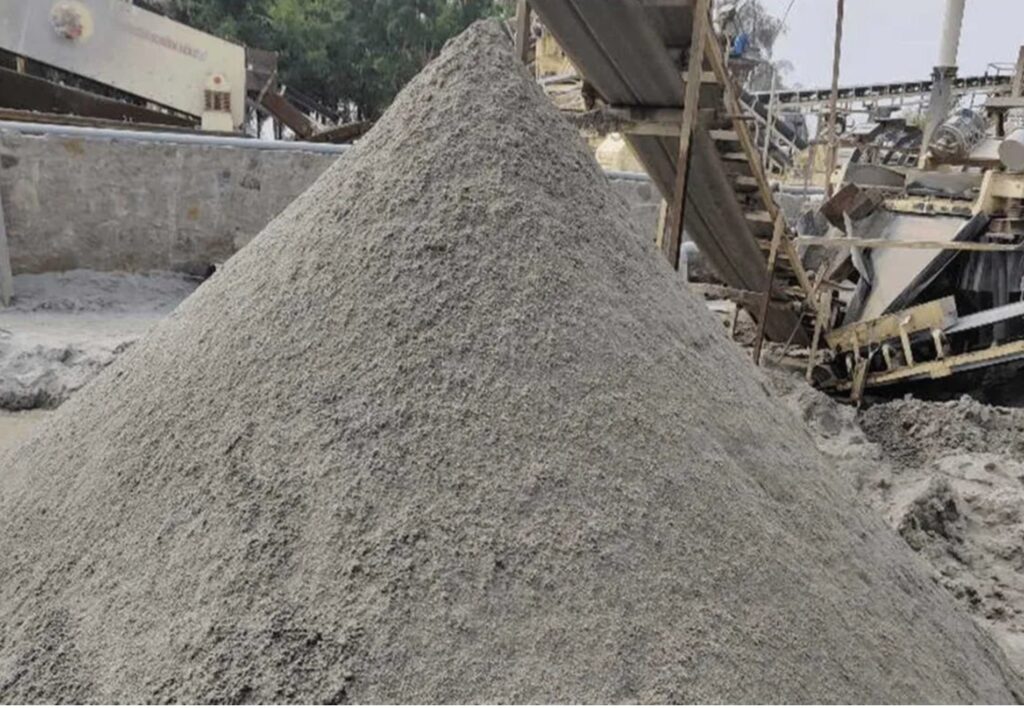Eco-Smart Building: Incorporating Sustainable Materials for Environmental Benefits
A variety of raw and natural material are essential for building initiatives, including wood, limestone or clay, sand or sand and also metals. Mining and production of these materials can affect the biodiversity.
Bamboo can expand up to a meter per day, and is a wonderful sustainable material for floors and ceilings. Cork, another renewable material, is repurposed into acoustic ceiling and wall panels instead of being burned or recycled into landfills.

Sustainable Construction in the Construction Industry:
Sustainable construction principles are guidelines to determine the layout and construction of any project in order to protect its environment. This includes using construction products that use low-embodied resources, using biodegradable recycled materials in the design process, as well as environmentally friendly construction methods.
Some examples of green construction materials include wood hemp concrete, bamboo, hemp and cork. They are renewable and can regenerate by themselves. They’re also environmentally friendly and require little or no chemical treatment. They can also be used to create insulation as well as regulate the humidity.
Green construction can be facilitated by the use of materials with lower embodied energy and by adopting environmentally-friendly production processes, such as direct reduced iron for steel or carbon capture for cement. An effective procurement plan can be used to achieve this approach, in which companies are selected on indicators and other criteria to promote sustainability. This includes setting targets for the amount of recycled and repurposed products to include in the construction process.
Sustainable Building Materials for Construction
Building materials that are eco-friendly focus on making use of renewable, natural or recycled resources to decrease environmental impacts and the consumption of resources and energy during construction. They can be found in materials which are sourced locally that require no processing for reducing transportation and emission needs. Sustainable building materials include bamboo, industrial hemp straw bales, straw bales or recycled glass.
Hemp concrete, for example is a material for building that is made up of hemp fibers along with lime and water. It’s breathable and regulates the level of humidity. Additionally, it is strong and durable. Carbon negative implies that it is more carbon dioxide during its manufacturing than the amount is released during its use.
Another eco-friendly building xi mang trang material is recycled steel. This is used for framing and roofing. It is also used for flooring and countertops. Stone, which naturally occurs in the environment and requires minimal processing, is another typical building material. Cork, harvested from the bark of cork oak trees, can be a natural insulator and can be used to build floors as well as walls.
Environmental Conservation in Construction
Large construction companies have begun to adopt sustainable practices and use green products in their construction. It is an excellent option to save nature’s resources and decrease environmental pollution at the construction site.
It’s equally important to save energy during the construction process. Making use of renewable energy, and using technological advances can decrease the carbon footprint of your construction project.
The production of certain construction materials can have negative effects on the biodiversity. This is the case with the raw materials like timber, gravel, sand, iron ore and stones, which can damage habitats and can lead to the isolation of species.
Concrete, one of the most polluting construction materials is yet another important issue. However, recycled plastics as well as reclaimed wood are sustainable alternative options. It’s easy to locate and aids in reducing the loss of forests. Additionally, it is light enough for easy transport, and it is strong enough for long-lasting durability.
The benefits of Green Materials
The use of green materials allows people to focus on sustainable practices in every aspect of their lives. They generate less greenhouse gas emissions during production, disposal and construction. Utilizing energy efficient windows, insulation that is made from natural fibers, and recycled steel can reduce a building’s energy consumption and help lower the cost of utility for the occupants, while also decreasing greenhouse gas emissions.
Sustainable materials are sourced from nonrenewable rather than renewable materials, thus preventing forest destruction. They also absorb more carbon dioxide than they release during their lifetime. The other green materials make use of biomimetic processes to mimic the natural properties like mycelium which is made of tiny pieces of fungi growing to form a durable and strong material.
by demonstrating their commitment towards sustainability and encouraging innovation in the industry, project planners can help promote the use of green materials. A robust supply chain inspection and quality control will assist in the achievement of environmentally friendly initiatives. An ongoing culture of learning is the most effective way to increase the latest technology and saving money.
